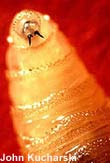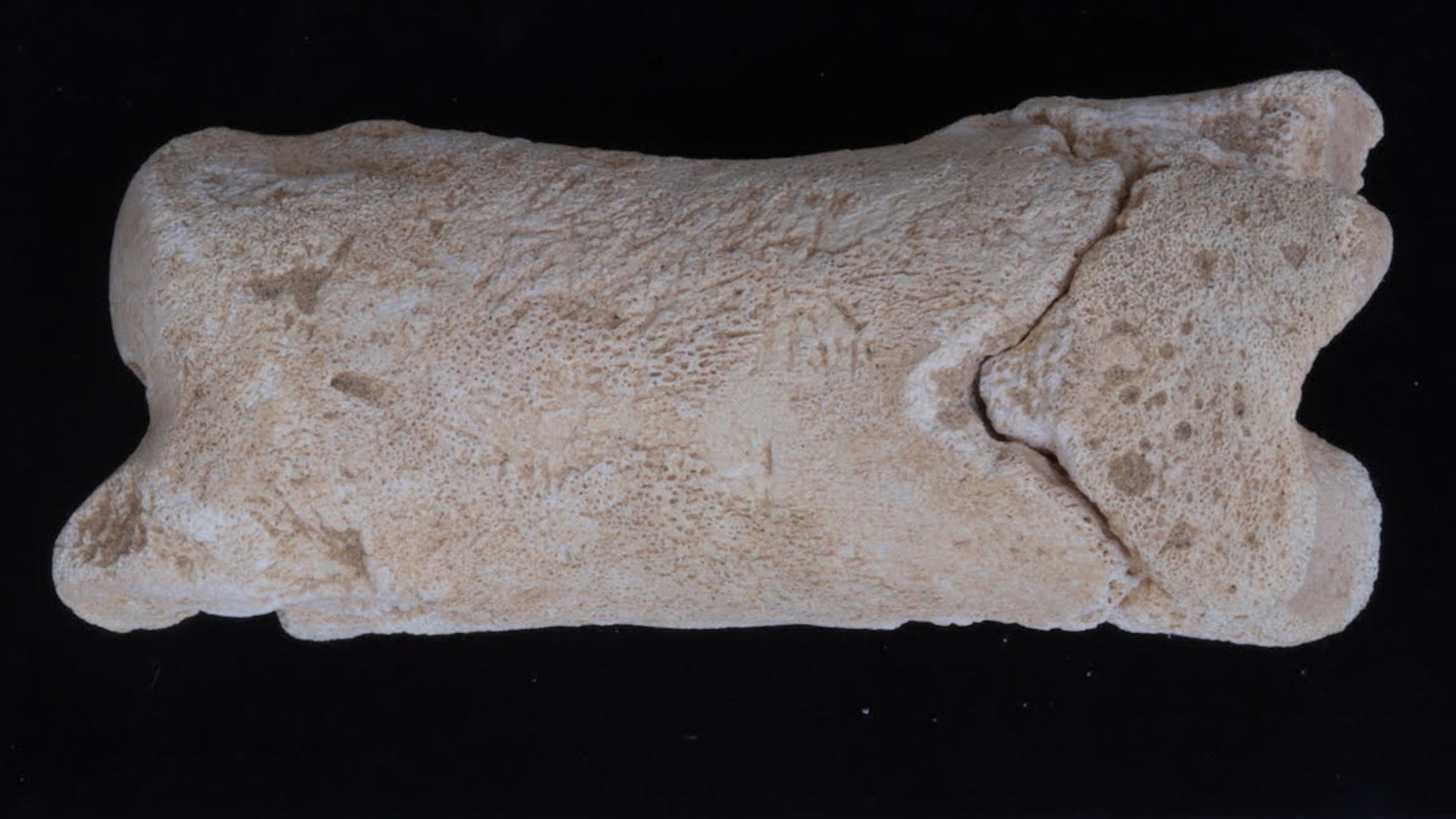Bug Juice Tapped to Clean Wounds

Scientists in England are developing new dressings for wounds designed to mimic maggots to clean away dead tissue and promote healing.
The ancient use of living maggots in non-healing wounds—to eat away only the dead tissue and encourage regeneration—was extensive prior to World War II, before penicillin became popular. Lately the practice has seen a resurgence among doctors.
At any given point in time millions of patients worldwide are getting treated for intractable skin wounds, but many are reluctant to try maggots because of "the obvious 'yuk' factor," researcher Stephen Britland, a cell biologist at Bradford University in England, told LiveScience.
Instead of using live maggots, the scientists developed a new wound dressing impregnated with purified excretions and secretions from live greenbottle blowfly larvae.
In addition to avoiding the "yuk" factor, using these dressings instead of live maggots helps assure a more controlled, predictable release of the larvae chemicals. The dressings are expected to have longer shelf lives than the maggots and prove easier to ship and less fragile.
The researchers tested their prototype dressings against layers of human and mouse cells grown on lab dishes, which were scratched to simulate wounding. They found the dressing markedly accelerated closure of the wounds.
Britland and his colleagues, including researchers from Bradford-based biotechnology company AGT Sciences, are ready to start clinical trials of their therapies. They report their findings in the Oct. 6 issue of the journal Biotechnology Progress.
Get the world’s most fascinating discoveries delivered straight to your inbox.

